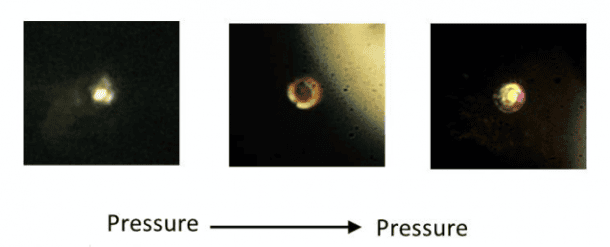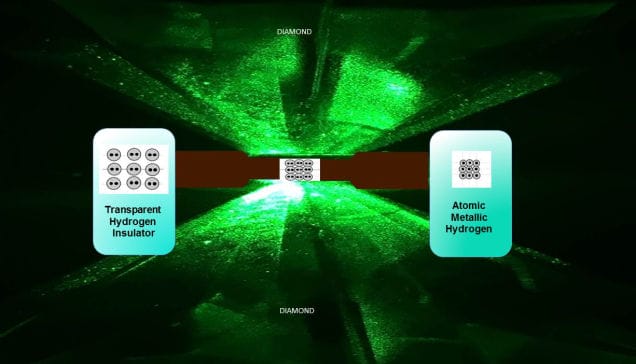The hottest headlines breaking the internet yesterday was the finding of hydrogen gas being turned into metal, a feat that was being attempted for over 80 years. Turning hydrogen into metal would be a big deal as besides solving a longstanding scientific mystery, the material would also be “important for solving energy problems and can potentially revolutionize rocketry as a powerful propellant” as mentioned in the paper published online in the Science journal.
But now a host of scientists have met the observations with skepticism, saying that the hypothesis, methodology, and conclusions are doubted and unverified.
The observation was published by a team of Harvard researchers on 29th January, which stated that while squeezing hydrogen between diamonds at 5.5 Kelvin or -450 degrees Fahrenheit, cranking up the pressure resulted in the observation of the transparent hydrogen turning black. And at a pressure 5 million times the atmosphere, the hydrogen turned reflective. The researchers claim that this proves that hydrogen atoms can arrange themselves into a regular, 3D structure just like in metal.
This behavior was first predicted by physicists Hillard Huntington and Eugene Wignerin in 1935, and such a material would be metastable, which means it would keep its 3D structure even if the pressure is brought down until some other outside influences turn it back into hydrogen gas.

Back in 2012, German scientists also claimed to have made metallic hydrogen to a similar critical reaction. The German researchers regretted their announcement later on, saying that their paper should have said that they “might have” created metallic hydrogen. Similar issues are now being pointed out in the latest discovery,
Paul Loubeyre, a physicist at France’s Atomic Energy Commission in Bruyères-le-Châtel, told Nature,
“I don’t think the paper is convincing at all. Ok, you’re gonna tell me that just because your sample turned shiny once, now it’s a metal? Try again, sweetie. They think the reflectivity could just as easily have come from the aluminum oxide coating the diamonds acting differently under extreme pressure.”
Other researchers raised issues on the Harvard scientists only taking one detailed measurement.
“You make such a big and bold claim,” physicist Eugene Gregoryanz from the University of Edinburgh School of Physics and Astronomy told the New York Times. “Why didn’t you repeat the experiment?”
The hydrogen sample is available for testing in Harvard’s lab, according to Nature.


